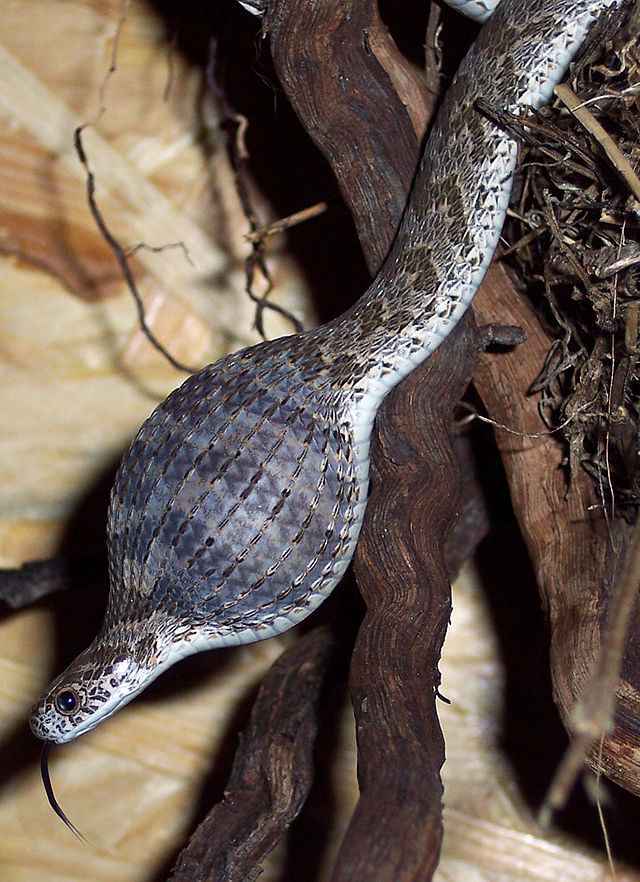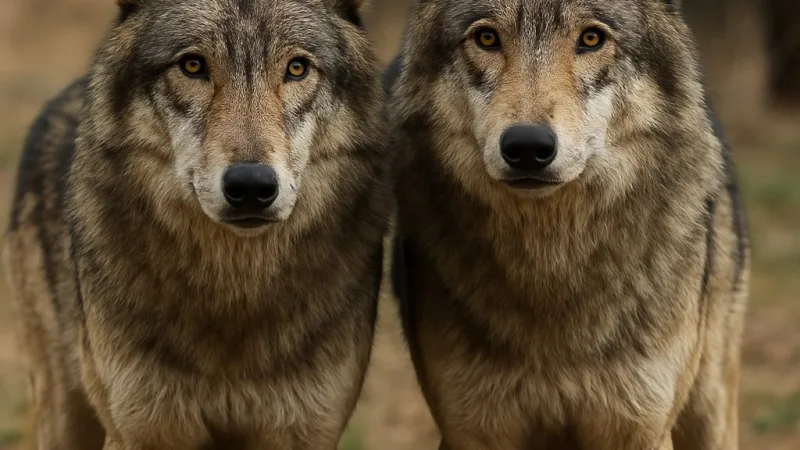How Snakes Manage to Eat Meals Bigger Than Their Heads

A small African snake has been discovered to possess the incredible ability to consume meals that are many times larger than its head. Surprisingly, this feat surpasses even that of pythons, which are renowned for their ability to devour massive animals such as alligators, cows, and antelopes, and even humans. According to biologist Bruce Jayne from the University of Cincinnati, if a Guinness World Record were to be awarded, this snake would undoubtedly take the title.
Examining Snake Jaws
In a recent study published in the Journal of Zoology, Jayne utilized 3D-printed probes to examine the jaw width of two snake species: Dasypeltis gansi (commonly known as Gans’ egg-eater) and Pantherophis obsoletus (also referred to as black rat snakes). The three-foot-long D. gansi survives exclusively on bird eggs, while P. obsoletus is a generalist eater that primarily consumes rodents but also devours eggs, frogs, lizards, and birds.
Jayne’s research revealed that D. gansi possesses a remarkably flexible skin between its left and right lower jawbones, enabling it to expand its gape area by more than 50 percent. In contrast, black rat snakes can only increase their gape area by approximately 19 percent. Previous studies by Jayne have shown that Burmese pythons can expand their mouths by 43 percent, enabling them to consume larger animals like deer and alligators.
Evolutionary Significance of Gape Size in Snakes
According to Jayne, the larger gape of the Gans’ egg-eater serves a crucial evolutionary purpose. While other species that feed on rodents do not require such extensive mouth opening to meet their caloric needs, bird eggs, being mostly spherical, necessitate the ability to swallow larger masses. The Gans’ egg-eaters also possess other physical adaptations to accommodate their specialized diet. Their flexible spine allows them to crack open eggs after swallowing them, expelling the slimy contents before regurgitating the shells. These snakes are nearly toothless and possess a soft mouth, aiding in their ability to grip the smooth, spherical eggs.
This groundbreaking research challenges traditional assumptions about snake mouths, according to Bryan Maritz, a biologist from the University of the Western Cape in South Africa. Maritz, who was not involved in the study, explains that scientists have typically relied on proxies to measure snake gape, assuming that it correlates closely with head length. However, this study proves that this correlation is not always accurate.






